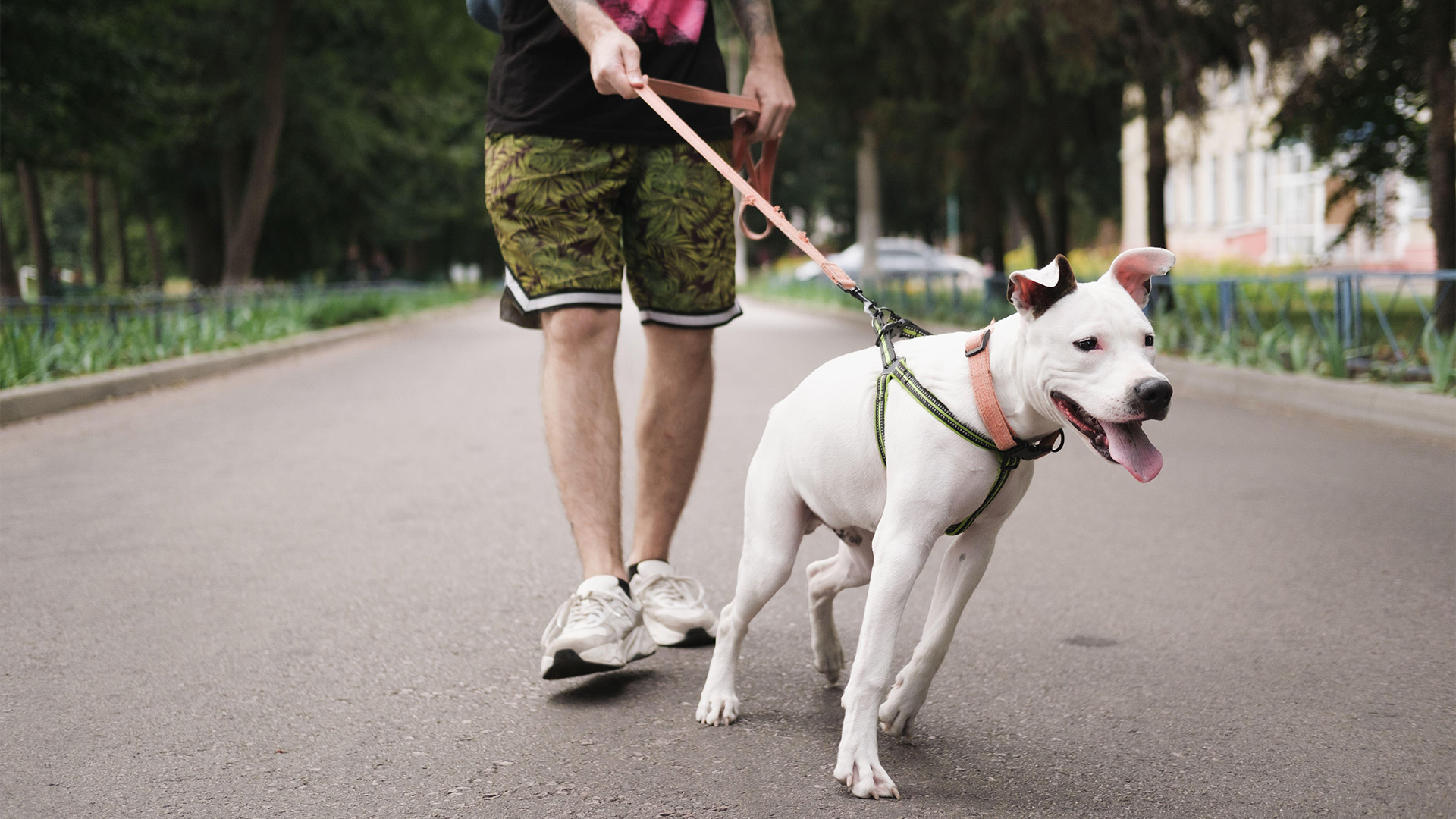Here’s how to stop your dog from running out of the front door, according to an expert
An overstimulated dog can lead to a less enjoyable walk, so help your pup stay calm from the beginning.

Does your dog dash outside as soon as you open the door to take them on a walk? Most of the time, our pups love going out for walks, and they can get rather excited when it’s time to head outside!
Having a dog who runs out of the door before you’re ready to leave can be frustrating on its own, but an overstimulated dog at the beginning of your walk can potentially lead to a reactivity or a dog who won’t walk nicely on their leash.
It’s a good idea to set up a good routine for when you leave the house, benefitting both you and your pup. Professional dog trainer and behavioral consultant Amelia Steele, or Amelia the Dog Trainer, has offered some advice in a recent Instagram post, so let’s take a look.
A post shared by Amelia Steele | Dog Training & Behaviour (@ameliathedogtrainer)
A photo posted by on
“How you start your walk will set the tone for the entire time that you’re out,” begins Steele. “So, if getting out of the house looks anything like this then here is what you’re going to do.”
She explains that your dog probably thinks your front door is a “magical portal” to everything fun. The idea is to change that association – rather than rushing out to do those fun things straight away, take some time to simply go in and out of the house.
“Once you’ve done that and your dog’s calmed down a little bit, then we can spend a bit more time getting their engagement,” continues Steele. “Remember that if our dogs can’t pay attention to us while we’re just waiting to go out for a walk, there’s absolutely no way they’re going to listen to us on the rest of the walk.”
Be sure to practice going in and out before the start of each walk, and fit some practice in between walks if you can, too. These practical tips for training your dog on your own could help you!
PetsRadar Newsletter
Get the best advice, tips and top tech for your beloved Pets
As Steele adds in the caption, “Exercises like this also really help to reduce overstimulation and get your dog in a mindset where they just feel calm and happy rather than super overwhelmed by everything that’s on the other side of the door.
“So no matter what you’re working on this exercise is always helpful!”
If your pup is gradually getting there, but you’d like some advice to help you cope with walks in the meantime, these ways to get your dog to come back to you on off leash walks could be useful. If your dog loves to pull and drag you, this article might be insightful: My dog’s leash pulling made walks miserable until I helped her reactivity, here’s how.

Adam is a freelance journalist specialising in pets, music and culture, and mental health and wellbeing. He investigates and writes the large majority of news on PetsRadar, and collaborates with veterinary experts to produce informative pet care content.
Adam has a journalism degree from Southampton Solent University and a masters degree in Magazine Journalism from Cardiff University. He was previously senior editor at dog advice website DogTime.com, and has also written for The Independent, GoodToKnow and Healthline.
He owns two rescue cats, Bunny and Dougie, and has also previously had a rabbit, fish and Roborovski dwarf hamsters.
